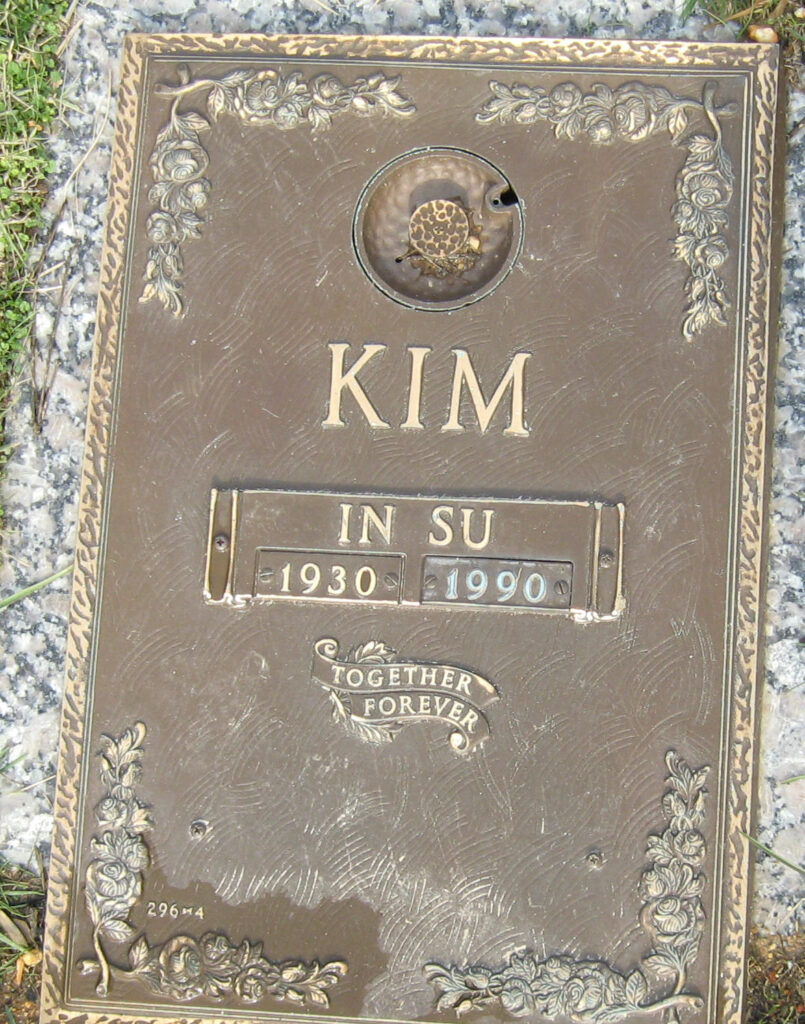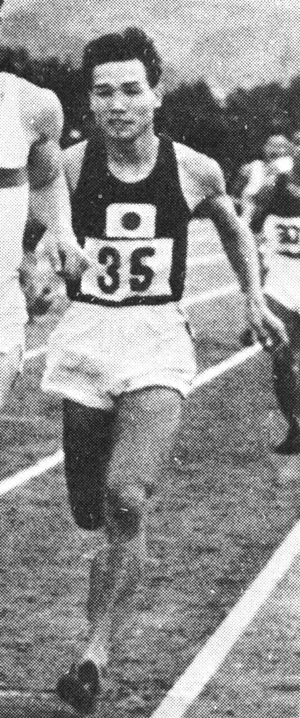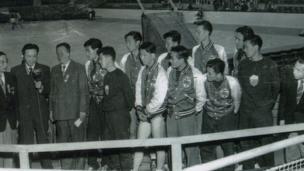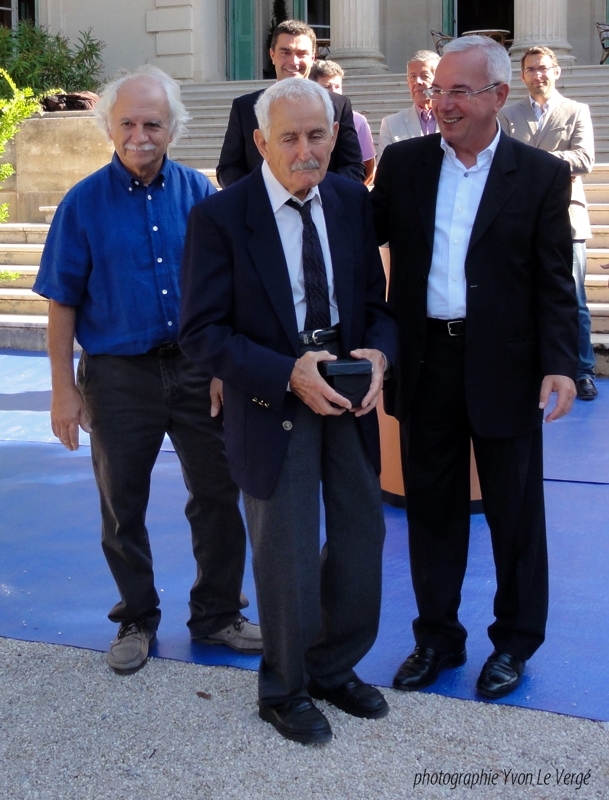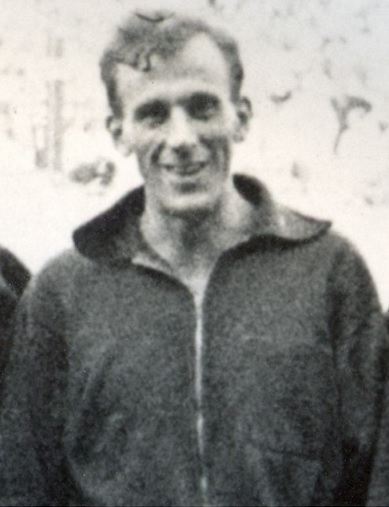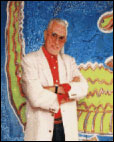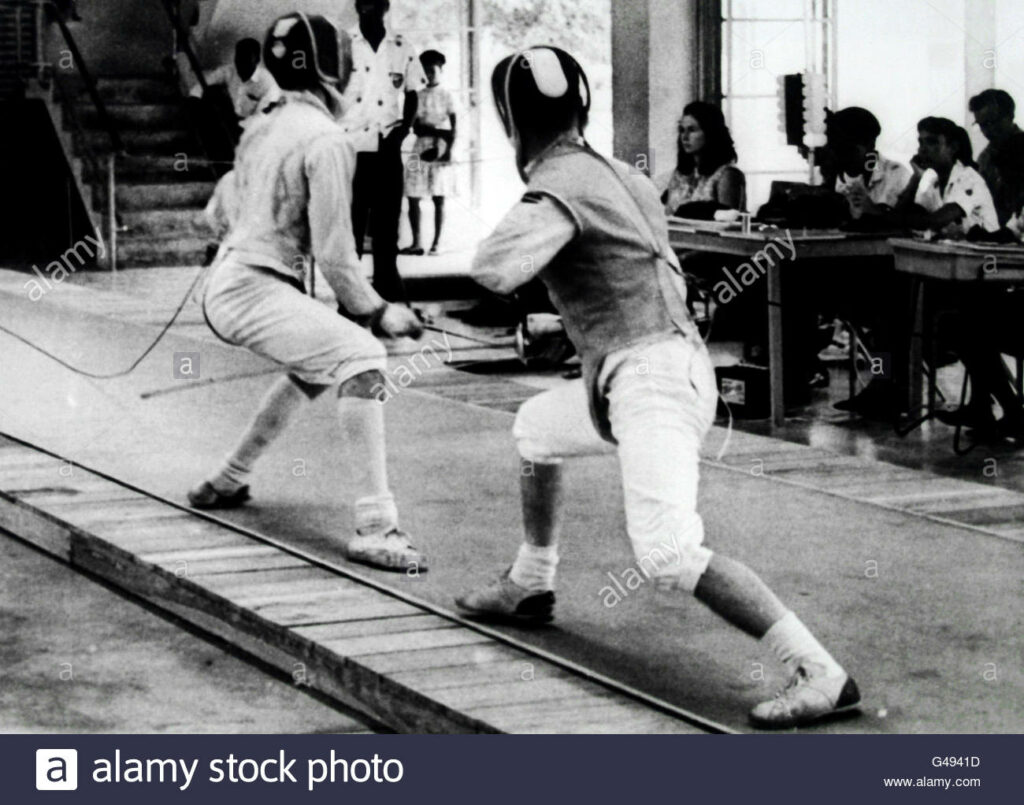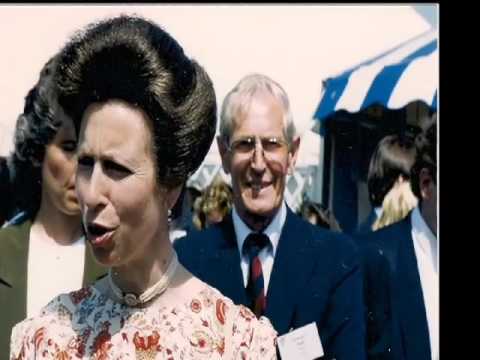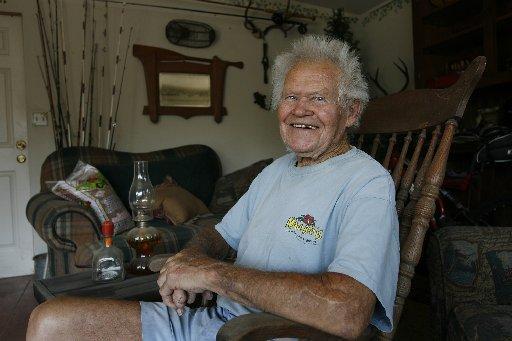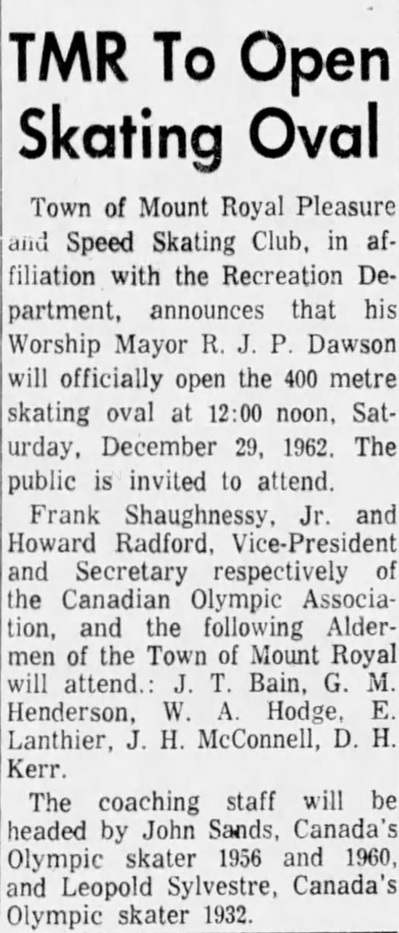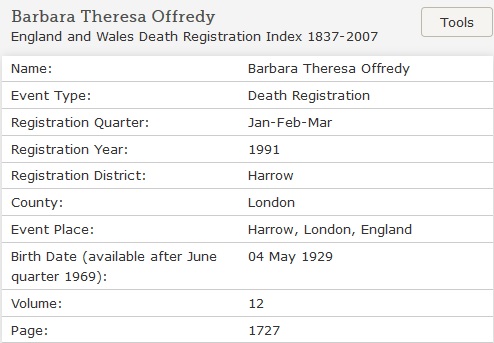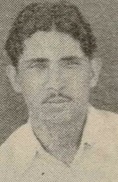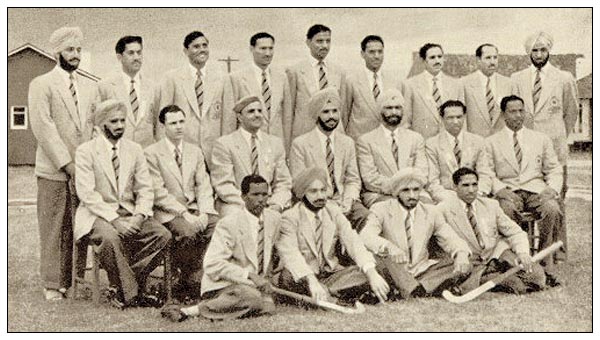Today on the Oldest Olympians blog we wanted to revisit one of our earliest Olympic Mysteries, that of Belgian figure skater Micheline Lannoy, who was for a long time the only Olympic gold medal mystery. Since some of our readers have noticed that she has now been added as an official entry on our tables of Oldest Olympans, we felt it worthwhile to dedicate a little space to an update.
A bit of background for those unfamiliar: Lannoy and her partner Pierre Baugniet were Belgian national champions in the pairs event from 1944 through 1947. In 1947 they took both the European and World Championships, and then followed that up with victories at the Worlds and the Olympics in 1948. Despite these impressive successes, the duo ended their careers after the Games and managed to maintain a low-profile thereafter. For Baugniet, only the year of his death, 1981, is known, but for Lannoy we had been unable to discern whether or not she is alive. All we knew at our last posting is that she later moved to Canada and took the married name MacAulay.
Thanks to research conducted by Connor Mah and Rob Gilmore, however, we learned that Lannoy was living in Kingston, Ontario as recently as 2012. While it is certainly possible that she has since died, we have not seen any evidence of an obituary and this date falls within the range for which we would list someone as being alive, and thus we have included her on our tables. We hope that more recent evidence will come to light soon.

While we are discussing Lannoy, we feel that it is worth updating some other previous Olympic mysteries. We already featured French track athlete Robert Chef d’Hôtel on Oldest Olympians, a former Olympic silver medal mystery who, as it turned out, had still been alive and died only recently, in October 2019, at the age of 97. Even more recently, Roger Midgley, a British field hockey player whom we had listed as a bronze medal mystery, died December 12, 2019 at the age of 95.
(Jim Hill, pictured in his obituary)
The same research into French death records by Taavi Kalju that confirmed Robert Chef d’Hôtel’s death, meanwhile, also verified that French basketball player Robert Guillin was the same individual as the one we noted previously as having died November 25, 2013. Meanwhile Connor Mah also located an obituary for silver medal-winning sport shooter Jim Hill of the United States: he died August 8, 2018 at the age of 86. Finally, Ian Taylor located a picture of the gravestone of the Ken Box who died in Australia in July 1982, which notes that he was aged 76 at the time of his death, far too old to have been the 1956 British track and field Olympian. Box, therefore, has been restored to our “possibly living” list, as we have been unable to find any confirmation that he is still alive.
And that is our entry for today! We hope that you have found these updates useful, and we will be back next week with more Olympic Mysteries!

